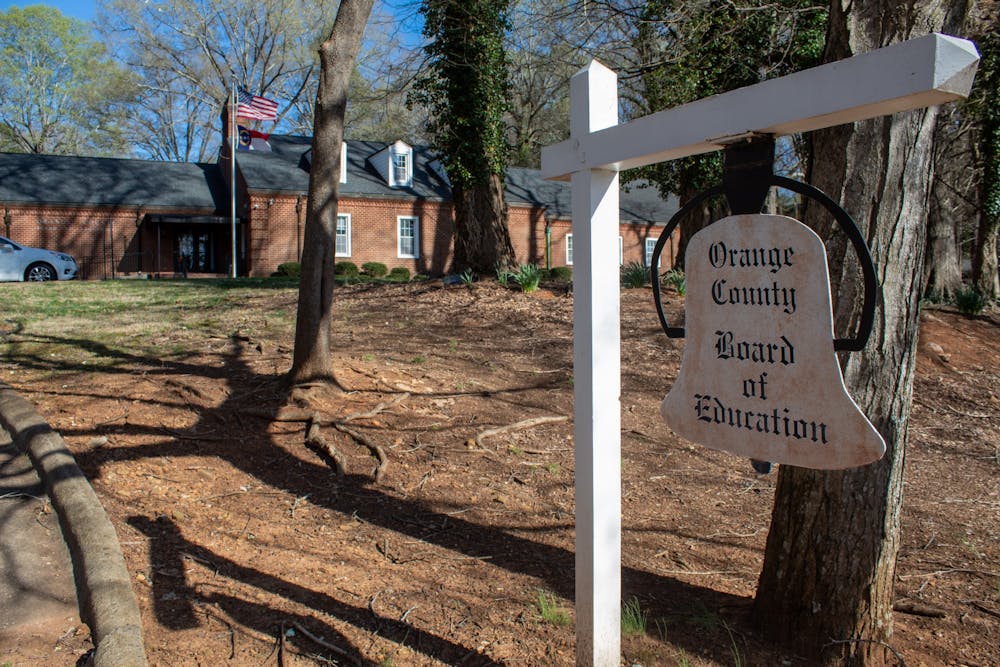“In order to improve outcomes for our students, we also recognize the impact of our staff, mindsets and behaviors in order to build the capacity around restorative and equitable disciplinary practices, we provided professional learning experiences for our teachers in the areas of depersonalizing student behaviors, and also recognizing common biases that impact student learning," Banks said in the meeting.
Orange County Schools
Data presented in a March 22 Orange County Board of Education meeting showed that Black students make up about 14 percent of the student body population but account for close to 30 percent of disciplinary incidents. Multiracial students make up around 7.5 percent of the enrollment rate but account for almost 14 percent of disciplinary referrals.
Meghan Doyle, the chief of schools and achievement for Orange County Schools, said that the most common referral among elementary and middle schoolers in the district was physical aggression and fighting.
From July to January, there have been 164 referrals for aggression and fighting for elementary schoolers and 42 for middle schoolers.
She said that to prevent bias, there must be a clear definition of what constitutes aggression.
“It’s really important that, at the school level, we do some work to systematically define and consistently reinforce what the definitions of these infractions are so that we’re not inadvertently being biased in how we name the incident as well as the consequences for those incidents," Doyle said in the meeting.
Doyle added that the disproportionality of Black and multiracial students receiving disciplinary referrals is important to understand, and it is crucial to consider both the frequency of incidents and where the disproportionality of referral rates is taking place.
The next step, she said, is to educate staff and students to recognize microaggressions.
“Our superintendent has really been pushing on this issue and ensuring that our staff is providing that training,” Doyle said in the meeting.
In 2019, OCS adopted an Equity in Education policy to name and challenge disparities within the district. Dena Keeling was also hired as the district’s first chief equity officer. Part of her work in the position involves training staff at both the school and district level.
Doyle said that the school system plans to combat issues through further staff training and one-on-one meetings with all school leaders to address these disparities in disciplinary action.
To get the day's news and headlines in your inbox each morning, sign up for our email newsletters.
Chairperson of the Orange County Board of Education Carrie Doyle said in an email that changing culture and day-to-day practices with consistency will take time, and requires ongoing input from students and families for real change to occur.
“We're never going to be done getting it right," she said in an email. "I know from my own equity training and working to uncover and shift my own biases that the work is ongoing. It’s important for all of our district and school leaders to have a sincere commitment to equity, which includes seeing and not being afraid to name racial bias and other biases."
As a student, Blair said that she feels the most important step to correcting inequalities in the school setting is through open communication between staff and students. She also emphasized providing a space for Black students to express their concerns.
“I think there needs to be an environment for Black students to talk about their own personal stories and how they feel,” she said. “You can’t talk to someone until you’re in the classroom with them so of course there has to be a whole change systematically, academically and then personally so that there can be some sort of reconciliation.”
@madelynvanmeter | @DTHCityState
city@dailytarheel.com | elevate@dailytarheel.com



